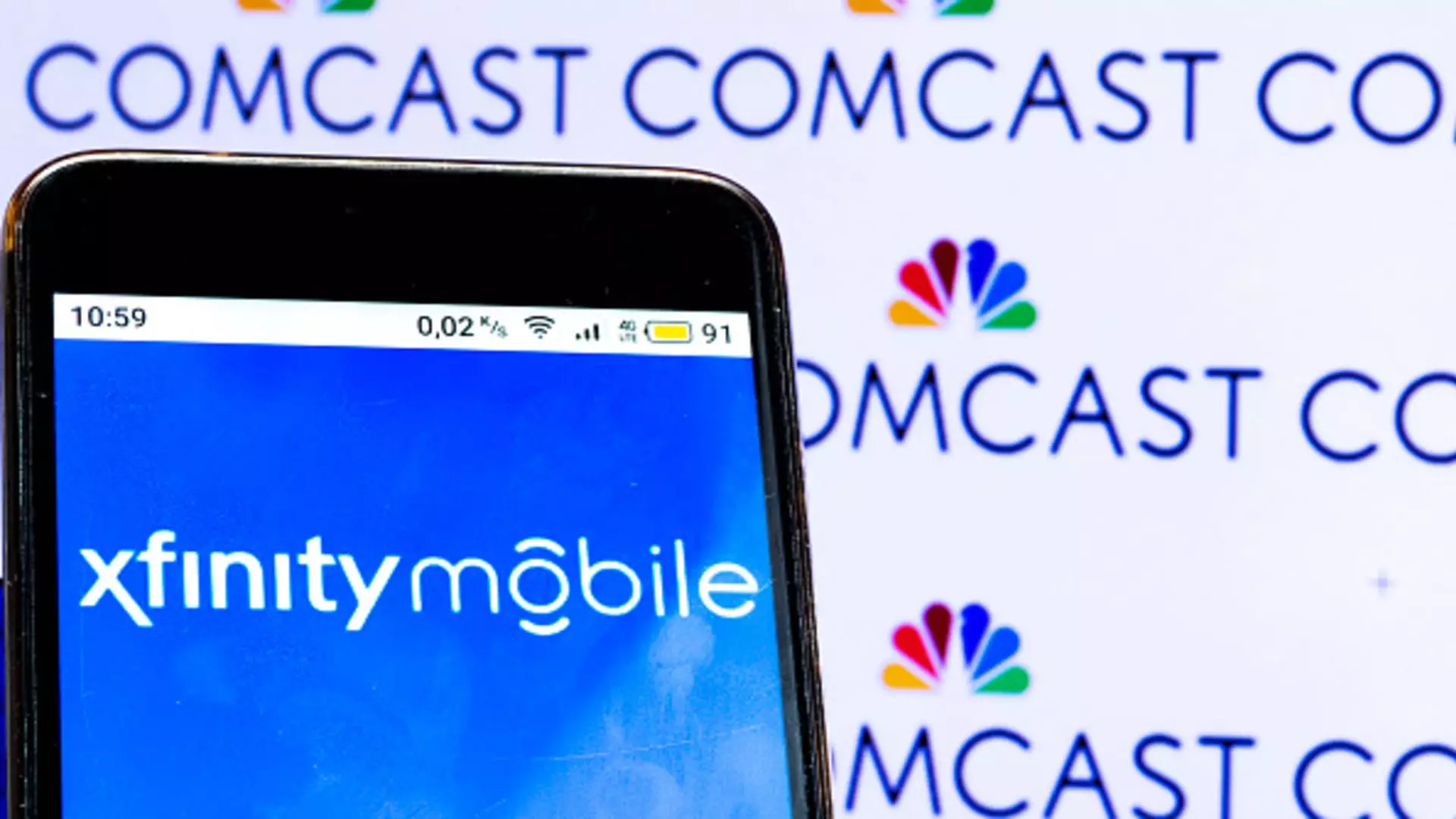Philadelphia, a city that wears its sports pride like a badge of honor, stands at the threshold of transformation with the rebranding of its cherished Wells Fargo Center into the Xfinity Mobile Arena. This change is more than mere nomenclature; it symbolizes an evolution in how sports, technology, and community intersect in our increasingly digital world. As the new name rolls out starting September and remains until the 2030-2031 season, we witness the intertwining of sports entertainment with the rapid advancements in mobile technology. In this regard, Comcast Spectacor and Harris Blitzer Sports & Entertainment (HBSE) aim to breathe new life into the arena, capturing not just the hearts of dedicated fans but also the attention of tech-savvy millennials longing for a fresh experience.
The Financial Implications of Naming Rights
While the details of the financial arrangement remain undisclosed, the economic reverberations of this rebranding could be significant. A strategic vision behind such naming deals usually extends far beyond immediate revenues. Within the center-right liberal lens, this move could represent an acknowledgment of the changing dynamics in urban commerce where tech companies no longer just compete but actively engage in community enhancement. A brand like Xfinity inherently leverages the existing sports culture to promote its services, particularly as Comcast shifts its attention to growing its mobile sector amid stagnating cable revenues.
The substantial $400 million renovation project the arena underwent indicates a commitment to promoting both the venue and the local economy. Such developments play a crucial role in not only expanding the spectatorial experience but also boosting related businesses—be it local dining, retail, or hospitality—fostering a larger ecosystem of economic activity that benefits everyone in the region.
Revolutionizing Fan Experience
Central to this transformation is the integration of Xfinity Mobile’s advanced Wi-Fi service aimed at enhancing the fan experience within the arena. Fans are rapidly moving towards digital methods for engagement, from livestreaming games to forums for interactive discussions during live events. Such initiatives—especially allowing existing Xfinity Mobile customers to join the arena’s Wi-Fi at no additional cost—could reshape the social landscape within sports venues, turning them into bustling hubs of interaction rather than just places to watch games.
This shift acknowledges a future where the experience of attending a live game may encompass more than just the on-field action. It embodies the necessity for venues to adapt to an audience increasingly reliant on technology. Technology should augment, not detract from, the caliber of the live experience, and this initiative appears squarely aimed at striking that balance well among younger audiences.
Xfinity’s Expanding Mobile Empire
As Comcast celebrates its significant traction in the mobile sector—adding over 323,000 mobile lines recently and pushing towards the 8.15 million mark—it’s apparent that the mobile service is no longer just an afterthought for its broadband subscribers. This emerging landscape strengthens Comcast’s market position against giants like AT&T, Verizon, and T-Mobile, pivoting them from a niche offering to a credible player in wireless telecommunications.
Positioning the Xfinity brand within high-stakes arenas cements its commitment to growth and competitiveness. It’s a clear acknowledgment that modern consumers—especially in a city like Philadelphia, steeped in competitive sports culture—want their identities intertwined with the brands they engage with. This rebranding attempts not only to secure a greater share of market influence but also to create a lasting relationship with community attachment.
Community and Corporate Synergy
In Philadelphia, a city celebrated for its passionate sports culture, this merger of corporate and community identities is vital. A new name and purpose resonate with the deeply rooted sensibilities of the fans, who are not just spectators but active participants in a larger narrative that combines sports with the cultural identity of a city. Steve Croney, COO at Comcast, aptly articulated the perfect synergy between Philadelphia’s competitive spirit and the Xfinity Mobile brand, summarizing how this pairing could shape community engagement in the sports domain.
In this age of digital interconnectedness, the transformation of the Wells Fargo Center into the Xfinity Mobile Arena offers a compelling preview of what the future could hold—not just for Philadelphia but for urban centers nationwide. A community where innovation meets tradition could very well redefine sports attendance and fan engagement in the twenty-first century.

